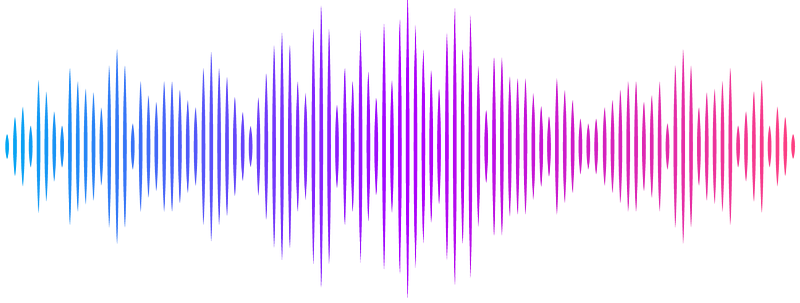Chondrodysplasia-inducing COL2A1 p.Gly1170Ser causes an ER storage defect without associated unfolded protein response in a human cartilage model

Chondrodysplasia-inducing COL2A1 p.Gly1170Ser causes an ER storage defect without associated unfolded protein response in a human cartilage model
Yammine, K. M.; Abularach, S. M.; Kim, S.-y.; Bikovtseva, A. A.; Lilianty, J.; Butty, V. L.; Schiavoni, R. P.; Bateman, J. F.; Lamande, S. R.; Shoulders, M. D.
AbstractCollagenopathies are a group of clinically diverse disorders caused by defects in collagen folding and secretion. For example, mutations in the gene encoding collagen type-II (COL2A1), the primary collagen in cartilage, can lead to chondrodysplasias of various severities. One example is the Gly1170Ser substitution in procollagen-II, which causes precocious osteoarthritis and Legg-Calve-Perthes disease. Here, we develop and characterize a novel induced pluripotent stem cell-based cartilage model of this disease, including both hetero- and homozygous genotypes. Biochemical characterization reveals that Gly1170Ser procollagen-II is notably slow to fold and secrete. Procollagen-II accumulates intracellularly, consistent with an endoplasmic reticulum (ER) storage disorder. Intriguingly, perhaps due to the pathologic substitution occurring within a triple-helical domain that lacks hydrophobic character, this ER protein accumulation is not recognized by cellular stress responses, such as the unfolded protein response. Interactome studies show that Gly1170Ser procollagen-II interacts to a greater extent with certain ER chaperones and modifying enzymes than wild-type, consistent with its slow folding. These findings provide mechanistic elucidation into the etiology of this disease. Moreover, the cartilage model developed here provides a valuable platform to rapidly screen and develop therapeutic strategies that can restore procollagen folding and secretion in this collagenopathy and others.